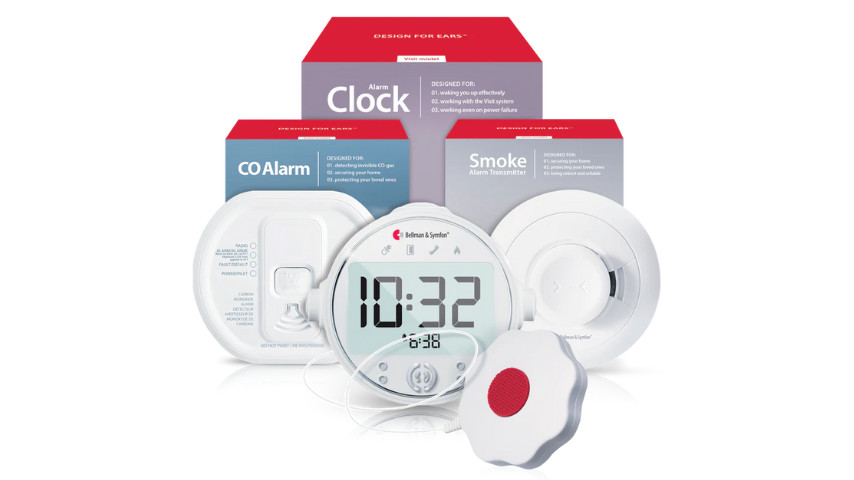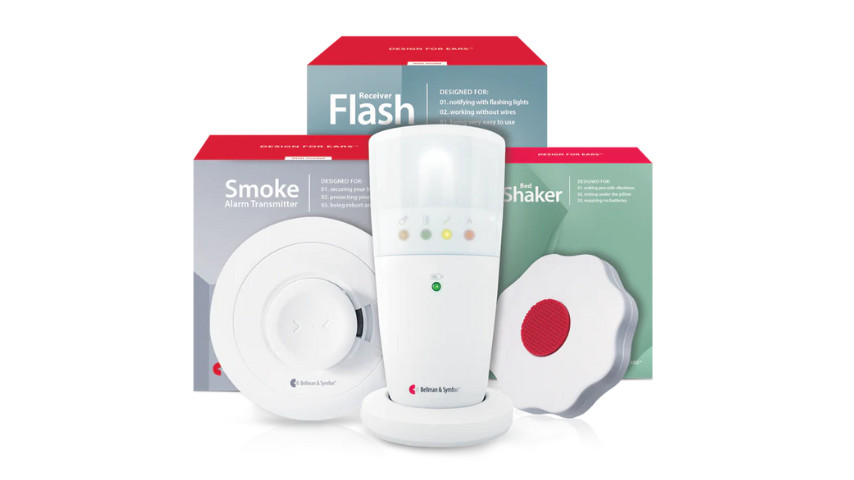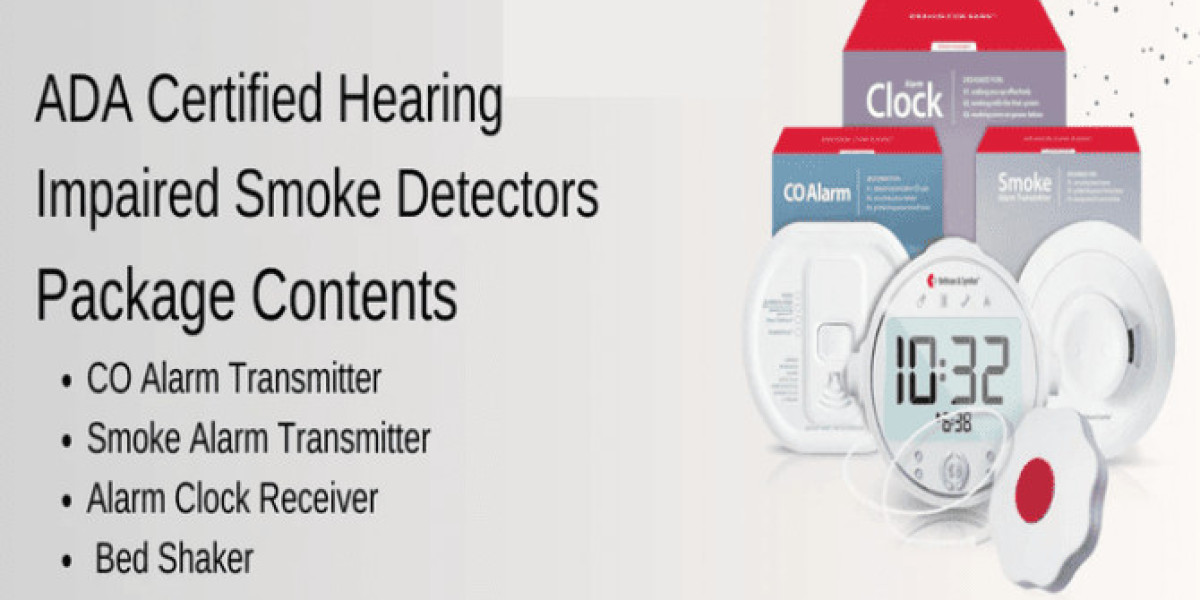Understanding ADA Certified and Hearing Impaired Smoke Detectors
When it comes to safety, especially in the realm of fire detection, standard smoke detectors have long been a mainstay in homes, offices, and public spaces. However, for individuals who are deaf or hard of hearing, traditional smoke detectors might not provide adequate warning in case of a fire. This is where ADA-certified smoke detectors and hearing impaired smoke detectors come into play. These specialized devices are designed to ensure that everyone, regardless of their hearing ability, receives timely and clear warnings in the event of a fire.
What Are ADA Certified Smoke Detectors?
ADA stands for the Americans with Disabilities Act. This law prohibits discrimination based on disability and ensures that individuals with disabilities have equal opportunities and access to public services, including safety equipment. ADA certified smoke detectors are devices that meet the standards set forth by this Act, particularly for people with hearing impairments. These detectors are not just traditional smoke alarms; they are equipped with additional features to alert individuals who might not hear a typical alarm.

Some collections of ADA Certified Smoke Detectors
There are some different featured smoke detectors with different variations.
1. Smoke/Fire and Carbon Monoxide Alarm Notification System | with Flash Receiver and Bed Shaker
Package Content:
- CO Alarm Transmitter
- Smoke Alarm Transmitter
- Flash Receiver
- Bed Shaker
2. Smoke/Fire Alarm Notification System | with Alarm Clock Receiver and Bed Shaker
Package Content:
- Smoke Alarm Transmitter
- Alarm Clock Receiver
- Bed Shaker
3. ADA Smoke/Fire and Carbon Monoxide Alarm Notification System | with Alarm Clock Receiver and Bed Shaker | Bellman & Symfon
Package Content:
- CO Alarm Transmitter
- Smoke Alarm Transmitter
- Alarm Clock Receiver
- Bed Shaker
How Do ADA Certified Smoke Detectors Work?
The working principle of ADA certified smoke detectors is similar to that of standard smoke detectors, with the addition of specialized alerting mechanisms tailored to the needs of deaf individuals.
Detection Mechanism:
These detectors utilize photoelectric or ionization technology to sense smoke or fire. Photoelectric detectors are more responsive to smoldering fires, while ionization detectors are better for detecting fast-flaming fires. Some ADA-certified detectors use a combination of both technologies for comprehensive coverage.
Activation of Alerts:
Upon detecting smoke or fire, the detector activates its alert system. For standard smoke detectors, this typically involves emitting a loud sound. However, for ADA-certified detectors, the activation triggers additional alert mechanisms, such as flashing lights, vibrations, or enhanced sound frequencies, depending on the type of detector.
Interconnectivity:
Many modern ADA certified smoke detectors are designed to be interconnected. This means that if one detector is triggered, all connected detectors in the network will activate their alarms simultaneously. This feature is handy in more significant buildings or homes with multiple rooms, ensuring that everyone, regardless of their location, is promptly alerted.
Power Sources:
Batteries can power ADA certified smoke detectors, hardwired into the building's electrical system, or both (dual power). Hardwired systems often include a battery backup to ensure functionality during power outages.
Why Are ADA Certified Smoke Detectors Important?

ADA-certified smoke detectors play a crucial role in ensuring the safety of individuals with hearing impairments. The importance of these devices must be balanced, as they provide vital alerts that might otherwise be missed by those who cannot hear standard alarms. Here are some key reasons why these detectors are essential:
Inclusive Safety:
Everyone deserves to feel safe in their homes and workplaces. ADA certified smoke detectors make fire safety inclusive by catering to the specific needs of people who are deaf or hard of hearing, ensuring that they receive the same level of protection as those without hearing impairments.
Compliance with Legal Standards:
For public buildings, hotels, and multi-family residences, ADA compliance is not just a matter of safety but also a legal requirement. Installing ADA certified smoke detectors ensures that these buildings meet the necessary legal standards, avoiding potential penalties and ensuring the well-being of all occupants.
Enhanced Peace of Mind:
For individuals who are deaf or hard of hearing, knowing that they have a reliable smoke detection system tailored to their needs provides significant peace of mind. This reassurance allows them to go about their daily lives with confidence, knowing they will be alerted in the event of an emergency.
Additional Features and Considerations
When selecting an ADA certified smoke detector, additional features and factors must be considered to ensure optimal performance and suitability for the specific needs of the individual or environment.
Battery Life and Maintenance:
For battery-operated models, consider the battery life and ease of replacement. Some detectors come with long-life batteries that last up to 10 years, minimizing the need for frequent maintenance.
Test and Hush Features:
Detectors should include a test button that allows users to verify that the system is working correctly. A hush feature is also helpful, enabling users to temporarily silence the alarm without turning off the detector, particularly during non-emergency situations like cooking.
Placement and Installation:
Proper placement is critical for the effectiveness of smoke detectors. They should be installed in key areas such as bedrooms, hallways, and living rooms. For deaf individuals, detectors should be placed where they are most likely to be noticed, such as near the bed (for vibrating alarms) or in areas where they spend most of their time.
Wireless Connectivity:
Some modern ADA certified smoke detectors offer wireless connectivity, allowing them to be part of a smart home system. This feature enables remote monitoring, alerts via smartphone apps, and integration with other smart home devices like lights and security systems.
Dual Functionality:
Consider detectors that also include carbon monoxide detection. These dual-function detectors provide comprehensive protection against both fire and carbon monoxide poisoning, a silent and potentially deadly threat.
Conclusion
ADA-certified smoke detectors and those specifically designed for people who are deaf or hard of hearing are essential tools in creating a safe and inclusive environment for everyone. These devices, with their specialized features such as visual alerts, vibrations, and low-frequency sounds, ensure that individuals with hearing impairments are not left vulnerable in the event of a fire.
By understanding the types, how they work, and the additional features available, you can make an informed decision to protect yourself, your loved ones, or your building's occupants, ensuring compliance with legal standards and providing peace of mind for all.


